Wingsail for Recreational Boating
Published on April 7th, 2017
VPLP Design is a world-renowned French-based firm that lives at the cutting edge of the sport. Drawing on extensive experience in the field of rigid sail development, they have released details on a two-element wingsail which is furlable, reefable and entirely automated.
VPLP Design’s interest in rigid sails came early, back in 2010, when we collaborated with BMW Oracle, winner of the 33rd America’s Cup. Subsequently we maintained our focus on this nascent technology by working with Team Hydros on the 2013 Little America’s Cup and, that same year, with Artemis Racing.
“It allowed us to acquire real design expertise, and convinced us of the bright future awaiting this type of rig on other vessels,” recalls Marc Van Peteghem.
While hulls and appendages have undergone spectacular changes in recent years (as we saw during the latest Vendée Globe), rigging innovations have been somewhat less radical.
Despite their superior aerodynamic efficiency no longer attracting doubt, wingsails possess a fundamental hindrance to their development: their rigidity! This limits their capacity to reduce surface area, in other words, they can’t be reefed or furled like fabric sails. Until now, that is!
Oceanwings® by VPLP Design is a practical solution for overcoming these obstacles and a significant step down the road to increasing the adoption of wingsails.
“We’re offering a wind propulsion system that is reliable, simple and automated,” says Marc Van Peteghem. “We have developed a reefable and furlable rigging concept which exploits the aerodynamic qualities of multi-elements profiles.”
Financial aid from ADEME, France’s environment and energy management agency, enabled VPLP Design to produce an 8m working prototype, validate feasibility, prove the systems work and acquire sailing data to fine-tune performance models developed in-house.
Entirely automated, self-supporting and rotating 360°, Oceanwings® adapts its angle of incidence to the vessel’s point of sail to ensure optimal propulsion. Power is managed by trimming camber and twist.
“Not only does it provide exceptional control,” explains Nicolas Sdez, the engineer in charge of the project, “it’s also efficient to the point of halving the surface area required to propel a vessel under conventional sail.”
VPLP Design is developing several concepts which use this patented technology, such as the Komorebi range, Komorebi 200’ and EMC cargo ships.
VPLP Design wanted to know just how big the fuel savings could be when operating Oceanwings® in conjunction with a traditional combustion-engine propulsion system or, even better, a thermoelectric setup. So we joint-developed an original software solution which allowed us to make statistical predictions about energy consumption on optimized passages. Depending on routes and vessels, we identified reductions of 18% to 42%.
“These figures are significant because ships carry 90% of world trade, account for 5% of greenhouse gas emissions and produce vast quantities of fine particles. And volumes are expected to increase twofold by 2050” warns Marc Van Peteghem.
Oceanwings® is all about making shipping more profitable and more environmentally responsible. Even though wind propulsion achieves double-digit fuel savings its use cannot give rise to additional and specialist crew. In other words, automation has to be an essential feature.
By integrating manufacturing considerations early in the design stage, VPLP has managed to ensure that costs are on a par with the purchase of a high-performance rig and can be quickly recovered by commercial operators.
As for the prototype, it was installed on an appropriately sized vessel built by Roland Jourdain’s company Kairos. The 7m catamaran features biocomposite construction, including parts made from flax fibre and recyclable thermoplastic resin. It’s an approach which highlights a make-or-break characteristic: Oceanwings® must be suitable for retrofitting to existing craft.
“Oceanwings® is not going to be compatible with every kind of vessel or with all the regions of the world,” admits Marc Van Peteghem. “Nevertheless we are convinced that it has a role to play in recreational boating, yachting, shipping (bulk carriers, chemical tankers, oil tankers…) and deep-sea fishing.
“We’re currently refining the prototype and designing a second, rigid version which will be suitable for ships. Discussions with customers are at an advanced stage and we’re also in the process of selecting investors and manufacturers to help us on this awesome adventure.”
Source: VPLP


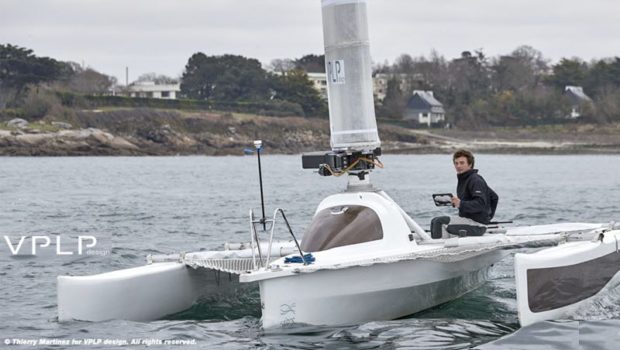

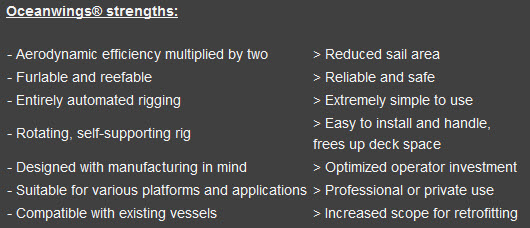
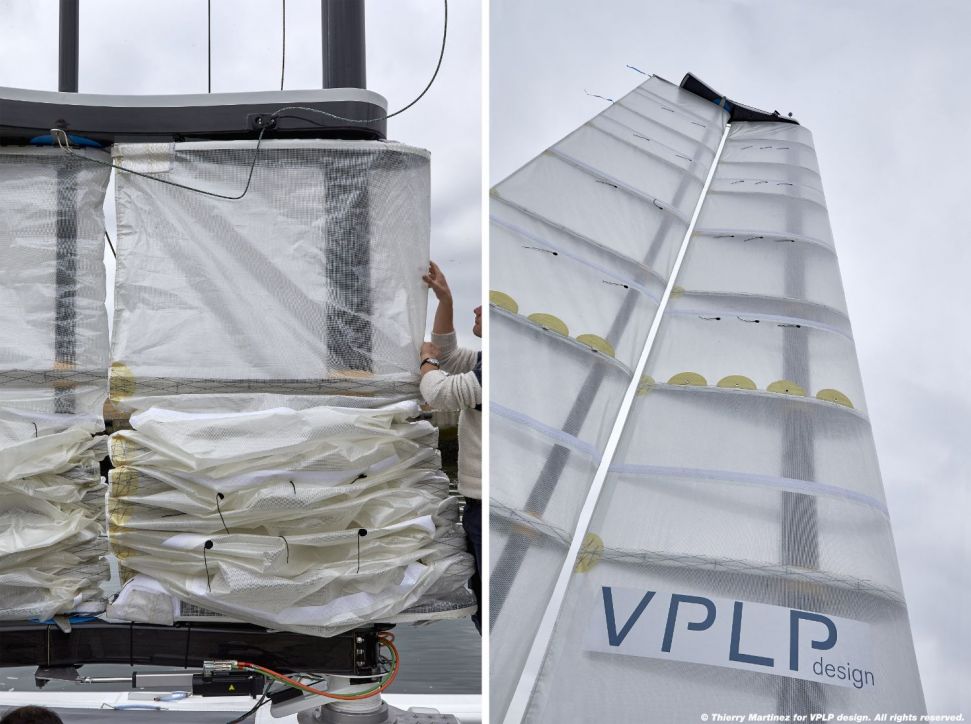
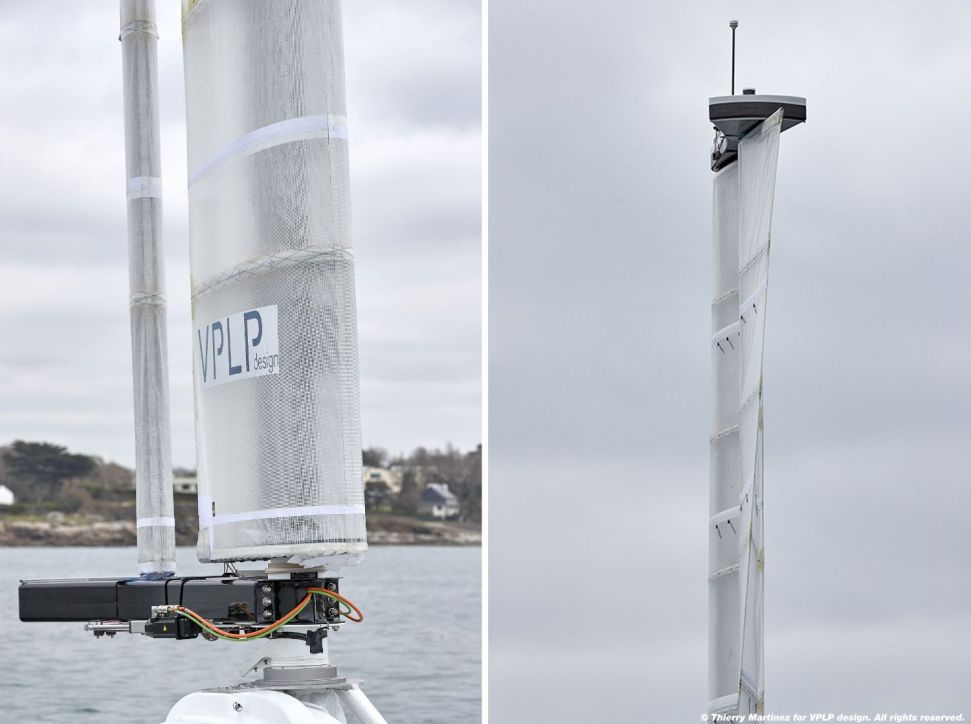
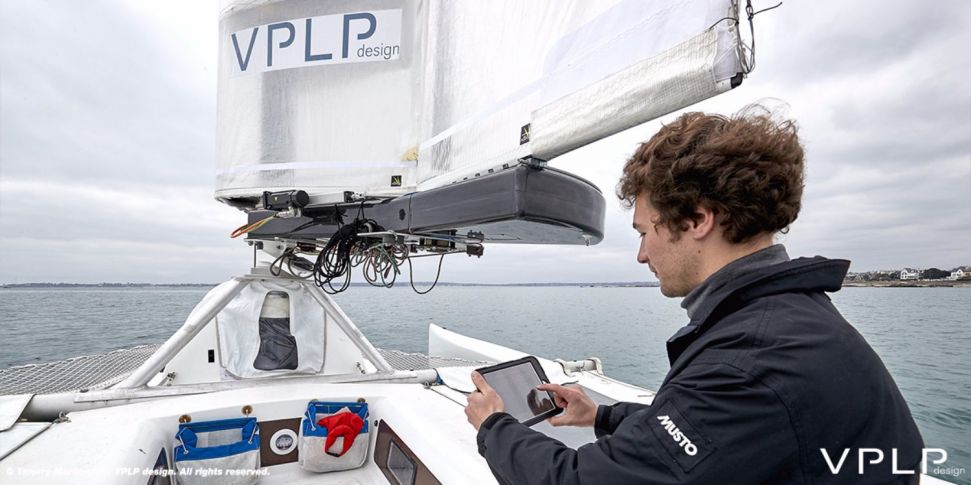
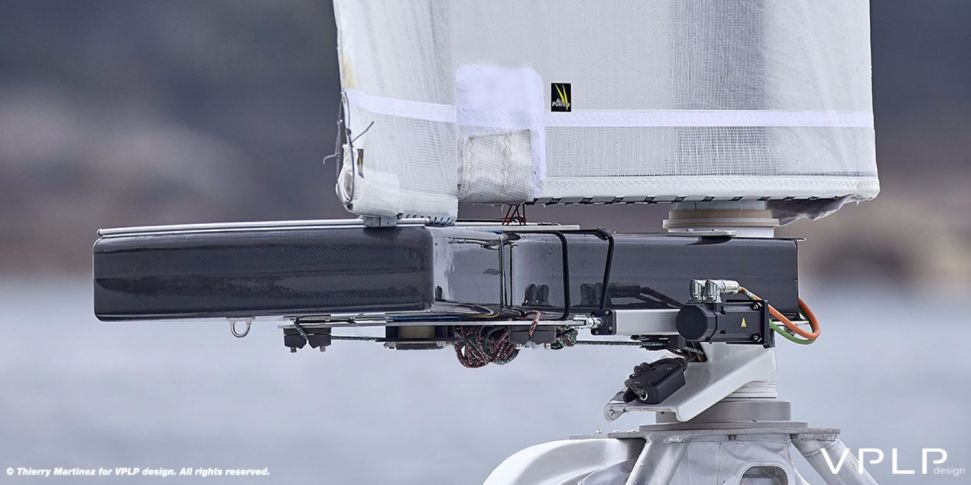
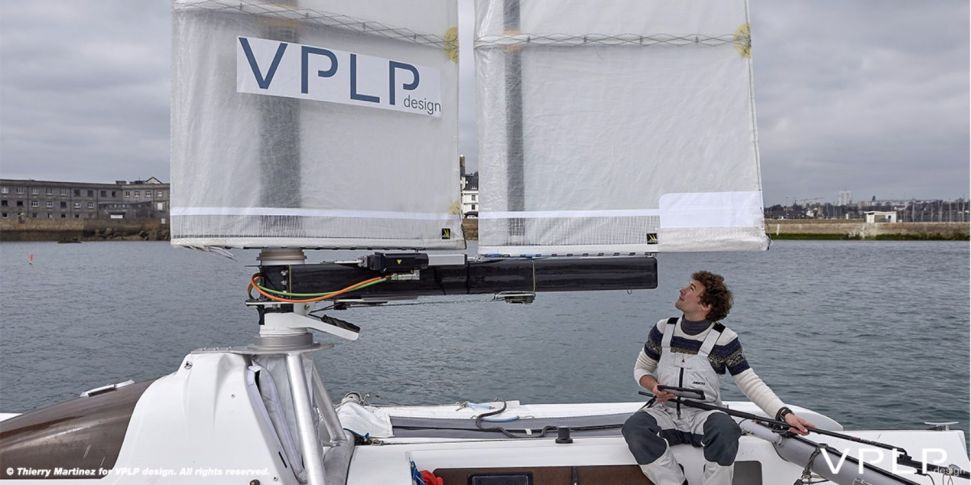
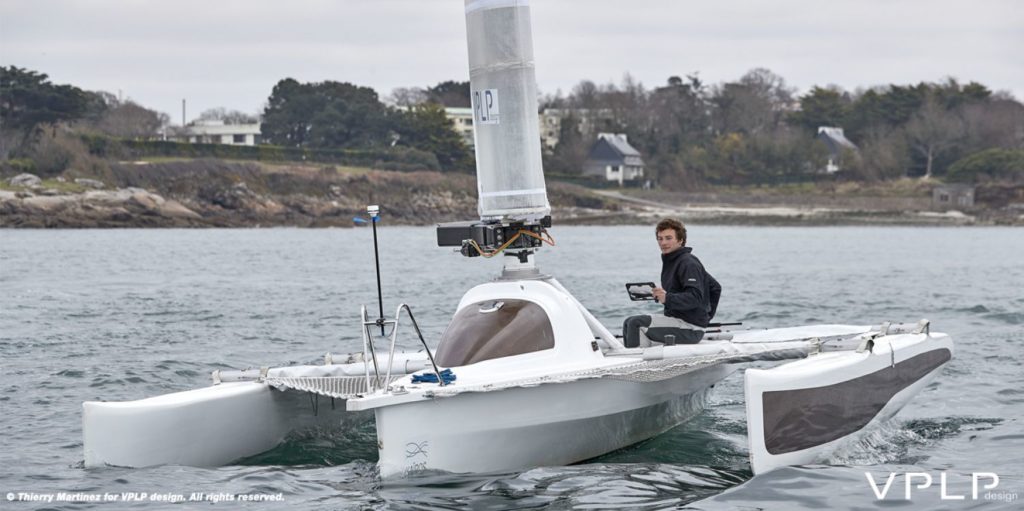

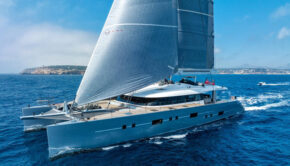
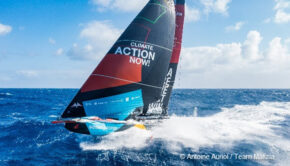
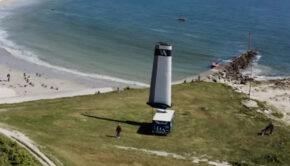
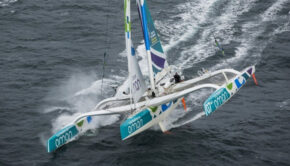
 We’ll keep your information safe.
We’ll keep your information safe.